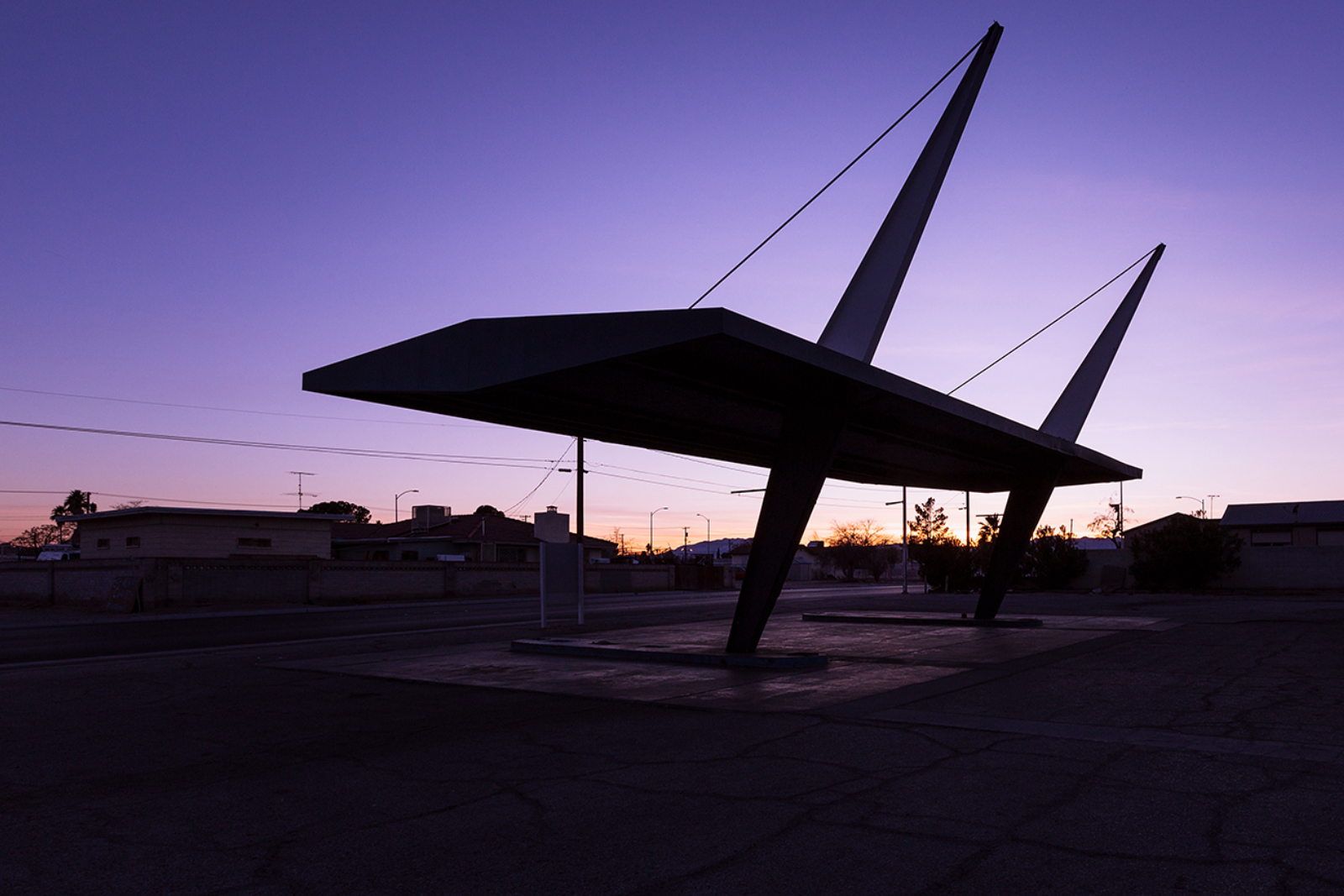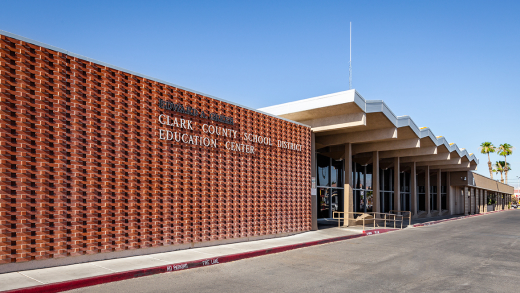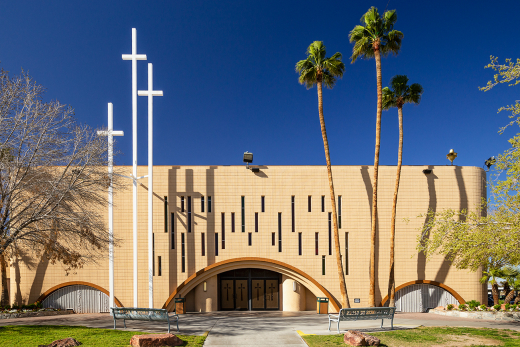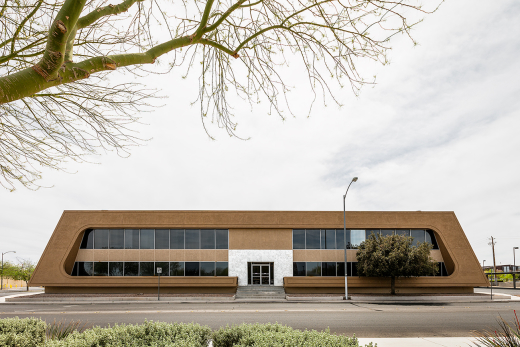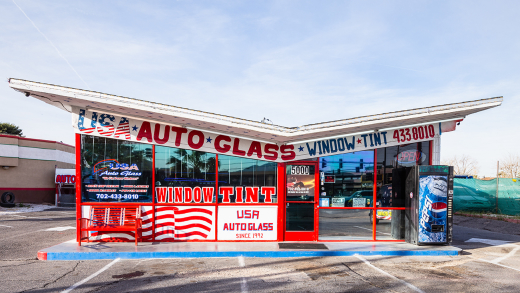The Other Las Vegas is part of the Docomomo US Regional Spotlight on Modernism Serieswhich was launched to help you explore modern places throughout the country without leaving your home. In this edition, we're heading to Vegas!
What will you find if you wander off the Las Vegas "Strip"? Longtime residents and preservation advocates Dave Cornoyer and Heidi Swank will introduce you to "the other Las Vegas," full of midcentury charm that visitors don't commonly see. Swank, the director of Nevada Preservation Foundation, introduces some of the misconceptions that exist around preservation in Las Vegas and shares a project the organization spearheaded to highlight the city's "uncommon" modernism. Cornoyer takes readers through a variety of the midcentury residential neighborhoods that helped shaped the city and discusses how they've fared over time.
The Other Las Vegas, Part 1
Las Vegas: Uncommon Modern
by Heidi Swank
Living in Las Vegas is in some ways an odd experience. In a city that is so acutely aware of itself, so well-known across the world, and so visited, it often seems as if our identity is not determined so much by Las Vegans, but by others’ perceptions and experiences of our community. Even to say that people visit Las Vegas is a misnomer. Visitors to Fremont Street are visiting Las Vegas, but The Strip itself is not even within the confines of the City of Las Vegas. It is in Unincorporated Clark County. A fact that often takes even residents by surprise.
Doing historic preservation work in Las Vegas, though, is not as odd. Las Vegas faces many of the same challenges as other cities, especially when it comes to the mid-20th-century and more recent past. We have heard that our midcentury architectural resources are “throwaways” because they do not exhibit the ornateness of earlier eras. We have also seen attempts to construct a Las Vegas history that never existed by building faux historic structures, most notably the new Nevada Supreme Court building in Downtown Las Vegas. Unfortunately, none of these challenges are unique to Las Vegas.
What may be unique, though, are our implosions. These in themselves are tourist attractions. Over the years, they have expanded into spectacles complete with music and light shows coordinated with the detonation of explosive devices. Jokes resound that we are the only city that would implode a building called “The Landmark” and a common refrain from Las Vegans is that “we blow everything up!” In fact, this is far from the truth. Nevada Preservation Foundation estimates that Las Vegas has about 70% of its older and historic resources, if you do not include The Strip. While still below the national average among cities of about 80%, it’s far from ‘everything.’
The longevity of the implosion myth is due, in large part, to the ways in which the Las Vegas Strip permeates so many aspects of life in and perceptions of Las Vegas. Even in the field of architecture, the Las Vegas Strip holds a prominent place. Denise Scott Brown and Robert Venturi’s seminal book Learning from Las Vegas focused exclusively on the symbolism of architecture as seen on The Strip. Credited with ushering in the postmodern era of architecture, it also overlooked the more quotidian areas of Las Vegas where modernism had taken hold and greatly influenced both residential and commercial architecture.
During the 20th century, Las Vegas experienced an explosion in population. From 1940 to 1980, the period within which Las Vegas: Uncommon Modern is focused, the population of Clark County grew from 16,000 to just under a half a million. With all that growth came city infrastructure. Soon there were churches, office buildings, shoe stores, diners, the full complement of buildings that comprise a city.
